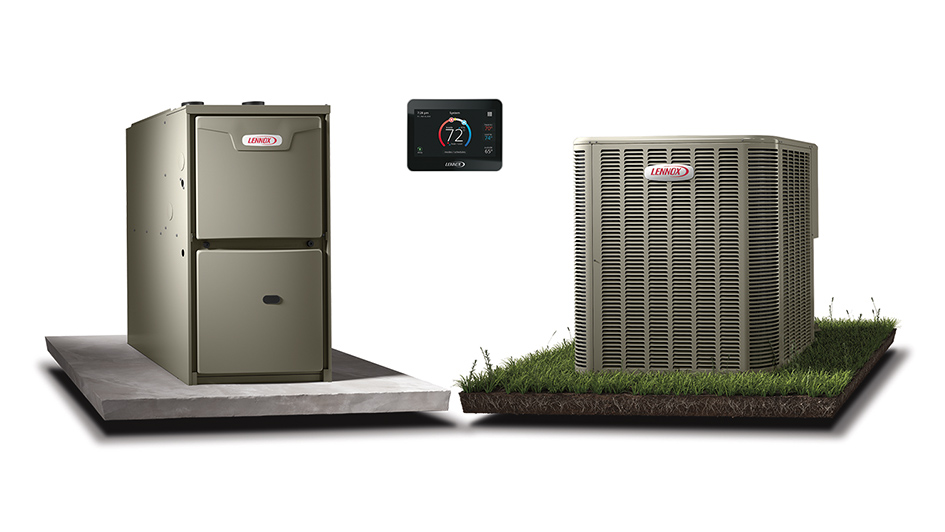
The concept of using both a furnace and heat pump can sound a little unusual at first. After all, why do you need two heating systems? Even though furnaces and heat pumps both deliver energy-efficient heat, the changes in their design genuinely make employing both of them a reasonable option. It’s not for everyone, but under the right conditions you can absolutely benefit from using a furnace and a heat pump.
You should weigh several factors in order to decide if this type of setup helps you. Your local climate and the size of your home are both very important, namely for the heat pump. This is because many models of heat pumps will function less efficiently in winter weather and larger homes. That being said, you can still reap the benefits of heat pump installation in Lawrence.
Heat Pumps Might Be Less Reliable in Winter Weather
Heat pumps are typically less efficient in cold weather due to how they provide climate control in the first place. Unlike furnaces, which ignite fuel to generate heat, a heat pump reverses its flow of refrigerant to pull heat from outdoor air. This heat is then drawn inside and dispersed around your home. Provided there is still a little heat energy in the air, a heat pump will function. But the cooler the temperature, the less reliable this process is.
The less heat energy is accessible outside, the longer it takes a heat pump to bring heat indoors to maintain your desired temperature. It can depend on the specific make and model, but heat pumps can start to lose out on efficiency at temperatures of 40 degrees and under. They still remain an energy-efficient option until 20-25 degrees, after which a gas furnace should be more effective.
What Temperatures Do Heat Pumps Work Best In?
Heat pumps function best in moderate climates 40 degrees and up. That said, you don’t have to give up on the benefits of a heat pump just because the local climate is colder. In fact, that’s why installing both a furnace and heat pump can be worth the cost. You can use the heat pump for energy-efficient heat until the weather is cool enough to warrant switching to something like a gas furnace.
Certain makes and models claim greater effectiveness in winter weather. For example, the Lennox MLA heat pump is capable of operating at 100% capacity at 0°F. It can even remain functional in temperatures as low as -22°F. For maximum energy efficiency, you’ll likely still want to use the furnace in severely cold weather.
So Should I Get a Heat Pump if I Own a Gas Furnace?
If you’re thinking about maintaining the most energy-efficient HVAC system available, installing a heat pump and gas furnace at the same time is worth the investment. Not only is a dual-heating system versatile, but it features other advantages like:
- A source of backup heating – A redundant heating system means even if one fails, you still have the means to heat your home. It may not be the most energy efficient, but it’s better than shivering in an unheated home while you sit around for repairs.
- Fewer energy costs – The ability to decide which heating system you use based on the highest energy efficiency reduces your total costs. Smaller heating bills over the life span of these heating systems can really add up to plenty of savings.
- Less strain on both systems – Compared to running one system all winter long, heating responsibilities are divided between the furnace and heat pump. Essential components will sometimes survive longer given that they’re not under constant use.
If you’re still unsure about heat pump installation in Lawrence, don’t hesitate to contact your local professional technicians. They can review your home’s comfort needs and help you determine if a dual-heating HVAC system is the better option.
